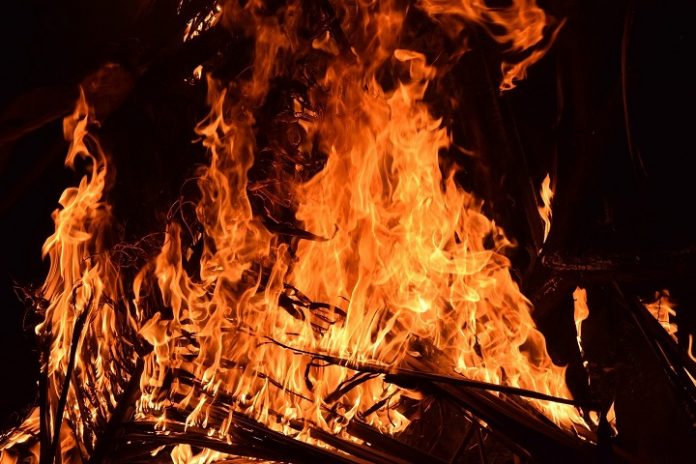Sonoma County, California, is adding artificial intelligence to its Wildfires-fighting arsenal.
The county has entered into an agreement with the South Korean firm Alchera to outfit its network of fire-spotting cameras with software that detects Wildfires activity and then alerts authorities.
The technology sifts through past and current images of terrain and searches for certain changes, such as flames burning in the darkness, or a smoky haze obscuring a tree-lined hillside, according to Chris Godley, the county’s director of emergency management.
But emergency workers will first have to “teach” the system to differentiate between images that show fire smoke and others that might show clouds, fog, or vapour from geothermal geysers. The software will use feedback from humans to refine its algorithm and will eventually be able to detect fires on its own—or at least that’s what county officials hope.
“It’s kind of like learning how to read,” Godley said. “What letters can I put together to make up a word?”
The county activated the technology Wednesday and received 16 positive reports of smoke—all of which turned out to be permitted burns, he said. Once a seasonal ban on controlled burns goes into effect in April or May, the county plans to ramp up the testing and feedback phase. The hope is that by November, the system will no longer need to be “taught” and can start providing reliable intelligence, Godley said.
“This is really cutting-edge work, to bring this capability into the hands of local first responders,” Godley said. “It’s going to take us a while to make sure we get the bugs out, as it were, and that we really can depend on it because ultimately this is a lifesaving mission.”
The technology is intended to help officials investigate potential fire starts earlier so they can get personnel out to them more quickly and issue necessary evacuation advisories. It will be particularly useful in spotting fires at night when fewer bystanders are likely to see smoke and flames and called authorities, as well as in remote areas, Godley said.
Sonoma County chose Alchera because it has performed similar work with Wildfires in Australia, and offered a competitive rate as it was eager to test the system in the U.S. market, Godley said. Three-quarters of the funding for the $300,000-agreement will come from a hazard mitigation grant from the Federal Emergency Management Agency. The county will provide a $75,000 local match.
The remainder of the $2.7-million FEMA grant is being used to strengthen the county’s existing wildfire surveillance network by adding six cameras, which brings the total to 26. The grant will also be used to reinforce the communications network that supports the cameras, ensuring that they are able to reliably transmit data back to emergency responders, even if the power goes out or is turned off, Godley said.
Sonoma County’s cameras are part of the ALERTWildfire system, a network of about 746 cameras statewide that are linked by a common viewing platform coordinated by UC San Diego, the University of Oregon and the University of Nevada, Reno.
Local dispatch centers can manoeuvre the cameras by rotating, panning and zooming in or out, and the public can watch the feeds online. Sonoma County sometimes uses the cameras to scope out road conditions or check for flooding near river areas, but they’re mostly used to inform firefighting efforts, Godley said.
The county started to install the cameras on radio communication towers after a series of devastating Wildfires in 2017, including the Tubbs fire, which killed 22 people and destroyed more than 5,000 homes. The network has already proven helpful to local firefighting efforts, Godley said.
When a fire breaks out, crews study the footage to determine its exact location and to glean key details about its behaviour, such as how quickly it’s spreading, where it’s headed and what local wind conditions are like, he said. Such information is crucial to determine what areas might need to be evacuated.
“This is not just to support firefighters,” Godley said. “But also, critically, it’s to help us educate and inform our warning efforts.”
Sonoma County’s contract with Alchera runs through February 2023. If the Technology is successful, officials expect other places will adopt it, particularly since it plugs into the camera network that’s already in place statewide.
“We ultimately believe its potential could be realized in a year or two,” Godley said. “And it could really have a dramatic impact here in California.”

